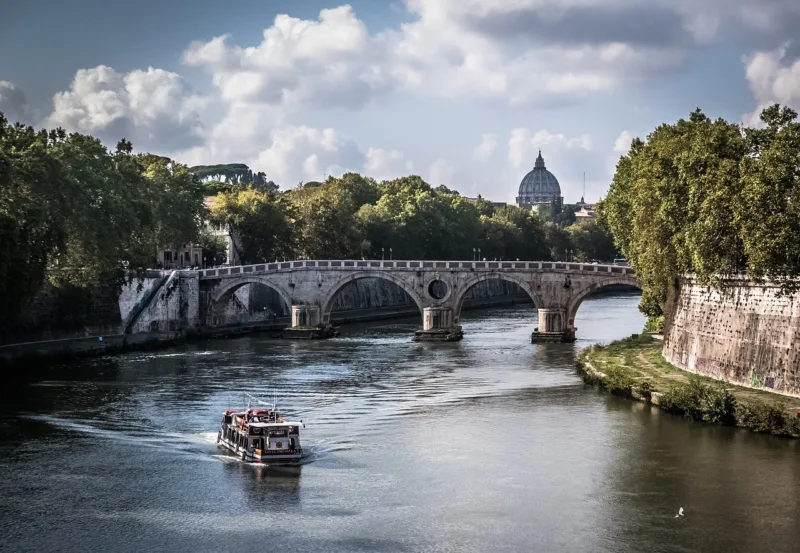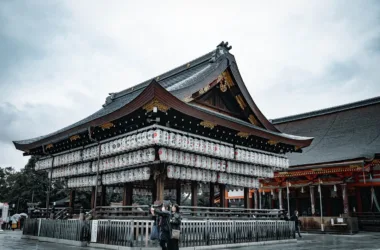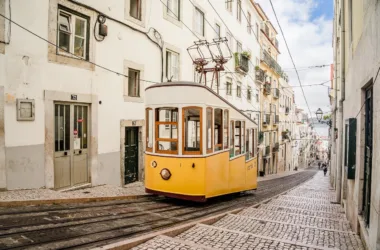Rome, the Eternal City, is a destination that captivates travelers with its rich history, stunning architecture, and vibrant culture. Whether you’re exploring the ancient ruins of the Colosseum, marveling at the beauty of the Vatican, or savoring delicious Italian cuisine, Rome has something for everyone. However, just like any other travel destination, the weather in Rome plays a crucial role in planning your trip. So, let’s dive into what you can expect from the weather in Rome and how it can affect your visit.
Understanding the Seasons in Rome
Spring in Rome
Spring (March to May) is one of the most pleasant times to visit Rome. The temperatures are mild, the flowers are in bloom, and the city is less crowded compared to the summer months. You can enjoy outdoor activities without the scorching heat, making it an ideal time for sightseeing.
Summer in Rome
Summer (June to August) is the peak tourist season in Rome, and the city can get quite hot and crowded. Temperatures often exceed 30°C (86°F), and the sun can be relentless. While it’s a great time for gelato lovers, you might want to plan your outdoor activities for the early morning or late afternoon to avoid the heat.
Autumn in Rome
Autumn (September to November) is another lovely time to visit Rome. The temperatures start to cool down, and the city becomes less touristy. You can enjoy the beautiful fall foliage in the parks and gardens, and it’s an excellent time for food lovers as it’s the harvest season for many local produce.
Winter in Rome
Winter (December to February) is the low tourist season in Rome, and the city is much quieter compared to the rest of the year. The temperatures are cool, but it’s rare to see snow. This season offers a unique opportunity to explore the city without the crowds and experience the local Christmas traditions.
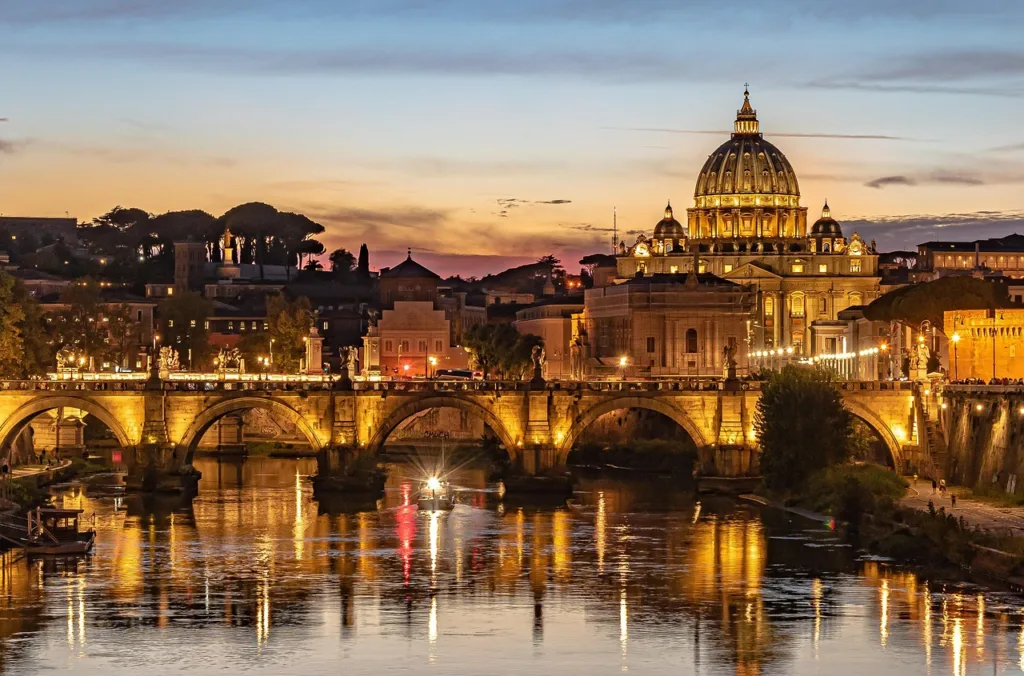
Rome’s Average Temperatures
Highs and Lows
Rome experiences a Mediterranean climate, characterized by hot summers and mild winters. The average high temperature in summer is around 30°C (86°F), while in winter, it hovers around 12°C (54°F).
Month-by-Month Breakdown
- January: 12°C (54°F)
- February: 13°C (55°F)
- March: 15°C (59°F)
- April: 18°C (64°F)
- May: 22°C (72°F)
- June: 26°C (79°F)
- July: 30°C (86°F)
- August: 30°C (86°F)
- September: 26°C (79°F)
- October: 21°C (70°F)
- November: 16°C (61°F)
- December: 13°C (55°F)
How Weather Affects Your Visit
Outdoor Attractions and Activities
The weather in Rome can significantly impact your experience, especially when it comes to outdoor attractions and activities. For example, visiting the Roman Forum or the Colosseum can be more enjoyable in spring or autumn when the temperatures are milder.
What to Pack
Your packing list should vary depending on the season you’re visiting. In summer, bring light and breathable clothing, sunglasses, and sunscreen. In winter, pack layers, a warm jacket, and a scarf. Don’t forget comfortable shoes for walking around the city.
Weather-Related Events in Rome
Seasonal Festivals and Celebrations
Rome hosts various seasonal festivals and celebrations throughout the year. In spring, you can experience the Easter festivities, while in autumn, you can enjoy the wine harvest celebrations. Winter brings the Christmas markets and New Year’s Eve fireworks.
Weather Anomalies
While Rome’s weather is generally predictable, there can be occasional weather anomalies, such as unexpected rain showers or heat waves. It’s always a good idea to check the weather forecast before your trip and be prepared for any changes.
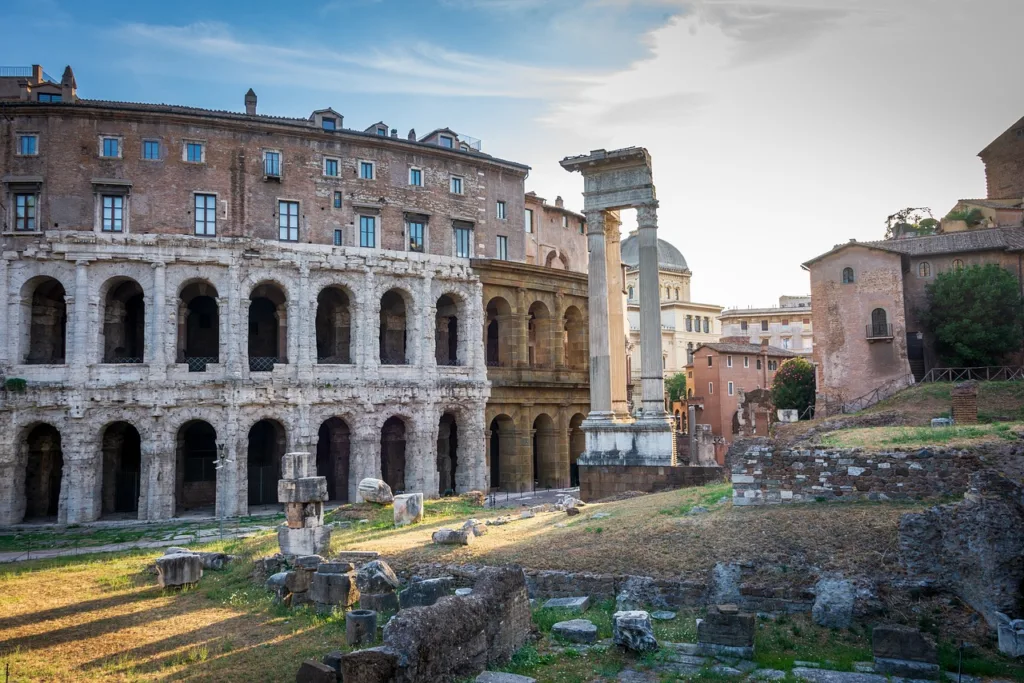
Tips for Visiting Rome in Different Seasons
Spring Tips
- Take advantage of the mild temperatures for sightseeing.
- Explore the city’s gardens and parks in full bloom.
- Participate in Easter celebrations if you’re visiting during the holiday.
Summer Tips
- Start your day early to avoid the afternoon heat.
- Stay hydrated and take breaks in shaded areas.
- Enjoy the city’s vibrant nightlife when the temperatures cool down.
Autumn Tips
- Take advantage of the fewer crowds and enjoy a more relaxed pace.
- Explore the city’s food scene with fresh autumn produce.
- Attend the wine harvest celebrations.
Winter Tips
- Experience the city’s Christmas markets and decorations.
- Enjoy the city’s museums and indoor attractions.
- Take advantage of lower accommodation prices during the low season.
Conclusion
Rome is a city that offers a unique experience in every season. Whether you’re basking in the summer sun, enjoying the mild temperatures of spring and autumn, or exploring the city’s winter charm, there’s always something special waiting for you. Just remember to plan your trip according to the weather, pack accordingly, and embrace the beauty of Rome in every season.
FAQs
What is the best time to visit Rome?
The best time to visit Rome depends on your preferences. If you prefer mild temperatures and fewer crowds, spring (March to May) and autumn (September to November) are ideal. Summer (June to August) is perfect for those who enjoy a vibrant atmosphere and don’t mind the heat. Winter (December to February) is the low tourist season and is great for those seeking a quieter experience.
How hot does it get in Rome in the summer?
In summer, temperatures in Rome often exceed 30°C (86°F). July and August are typically the hottest months, with temperatures sometimes climbing higher.
What should I pack for a winter trip to Rome?
For a winter trip to Rome, pack layers to accommodate varying temperatures. Bring a warm jacket, scarf, and gloves for the cooler mornings and evenings. Comfortable walking shoes are also essential. Don’t forget an umbrella, as winter is the wettest season in Rome.
Are there any weather-related events in Rome?
Yes, Rome hosts various seasonal festivals and celebrations. For example, Easter festivities in spring, wine harvest celebrations in autumn, and Christmas markets in winter.
How does the weather affect outdoor activities in Rome?
The weather can significantly impact your outdoor activities in Rome. Mild temperatures in spring and autumn are ideal for sightseeing and exploring the city. In summer, it’s best to start your day early and avoid the afternoon heat. Winter offers a unique opportunity to explore the city without the crowds, but some outdoor attractions may have reduced hours.




